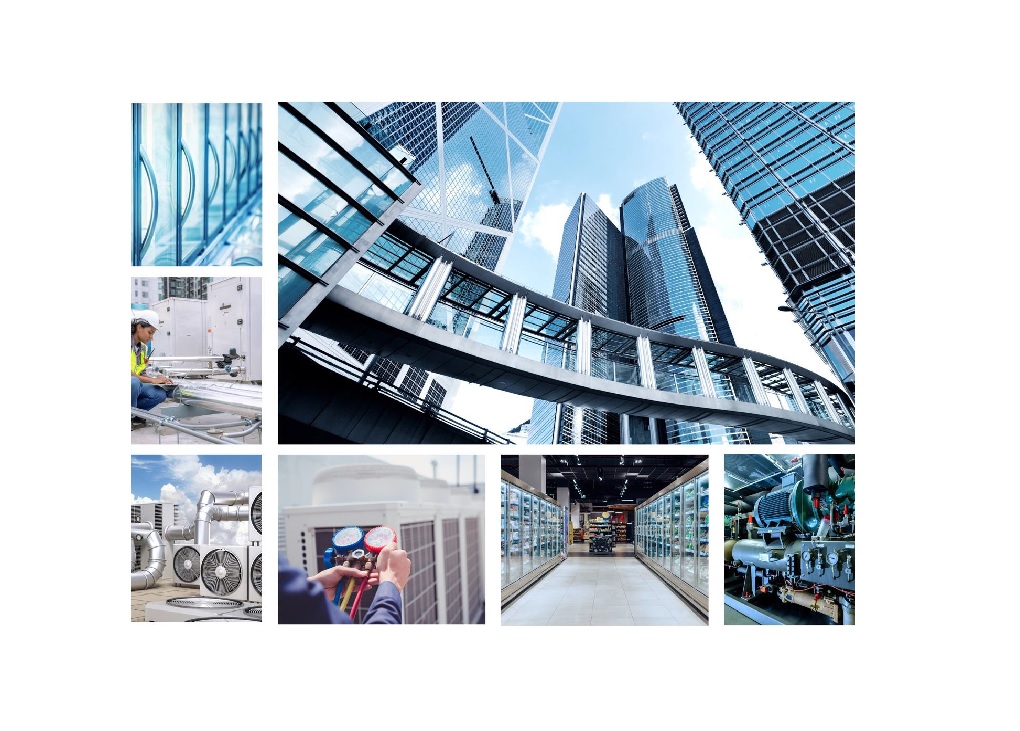The much-anticipated Cold Hard Facts 4 report has been released, providing a bird’s-eye view of the local HVAC&R sector and highlighting the need for direct action to transition away from high-GWP refrigerants if Australia is to meet its international obligations under the Montreal Protocol.
Over the past two decades, the Cold Hard Facts reports have become a mainstay of the industry, offering invaluable data on Australia’s refrigerant bank, the stock of HVAC&R equipment, and the composition of the sector more broadly. This is the fourth major report in the series, presenting data from 2022.
Broad trends
According to the report, the HVAC&R industry in Australia has continued to grow steadily across all classes of equipment and services. The stock of vapour-compression-driven equipment that provides refrigeration, cooling, heating, comfort and utility services grew by around 15 per cent from 2016 to 2022, reaching a total of more than 62 million pieces of equipment.
In line with previous iterations of the report, this stock of equipment is estimated to have consumed about a quarter of all the electricity produced in Australia in 2022, making it one of the largest users of electricity nationally.
While the total refrigerant bank has increased slightly to 55,000 metric tonnes, it appears that the peak in terms of the carbon dioxide equivalent (CO2e) value of this bank of working gases was reached in 2021. This reflects a transition towards lower-GWP refrigerants – the average GWP of the total bank (including HFOs and natural refrigerants) has declined by 8 per cent, from 1,837 in 2016 to 1,681 in 2022.
Direct and indirect impacts
Similar to the figures in previous reports, vapour compression technology and all the ancillary systems required to control and deliver its services produced about 12 per cent of Australia’s total greenhouse gas emissions. Of this, about 87 per cent was attributed to indirect emissions, and 13 per cent to direct refrigerant emissions. The report notes that although direct emissions of refrigerant are a relatively small part of total emissions now, as the grid decarbonises these direct emissions will represent a larger portion of the emissions pie.
Also highlighted is the considerable contribution from refrigerants lost or vented to atmosphere at equipment end of life. Cold Hard Facts 4 estimates the sum of direct HFC refrigerant emissions and EOL HFC emissions at just over 10.6Mt CO2e.
Showing R404 the door
Perhaps the biggest takeaway from the report – signalled in a preview at ARBS 2024 – is that Australia is not on target to meet its HFC phase-down obligations under the Kigali Amendment to the Montreal Protocol, largely because of the stubborn presence of high-GWP refrigerants such as R404A. The report suggests that, as a result, it is very likely that additional measures will be necessary.
“All major developed economies, including those in North America, Europe, and Japan, have implemented controls in addition to the international requirements to phase-down HFCs,” the report reads.
“These regulations incorporate GWP threshold bans on the use of refrigerants for specific applications.”
One potential measure under consideration in Australia involves imposing restrictions on the refrigerant R404A, which constitutes over 40 per cent of annual usage in 2022 based on GWP and is predominantly used in commercial refrigeration – an application with historically high leak rates of 15 per cent per annum, according to the report. Lower-GWP alternatives to this refrigerant are available, along with various relatively low-cost measures to reduce losses from operating equipment.
The federal government recently consulted on measures that would restrict the import and use of specific equipment classes and refrigerants. A follow-up to the consultation is expected in the months ahead.
The full Cold Hard Facts 4 report and supporting data can be found at the DCCEEW website.
 Mark Vender
Mark Vender


Leave a Reply